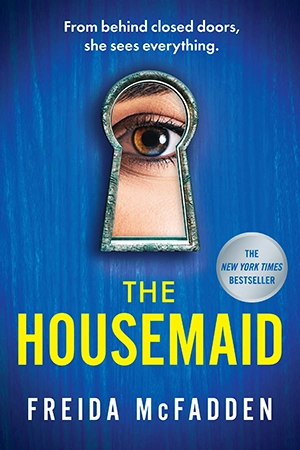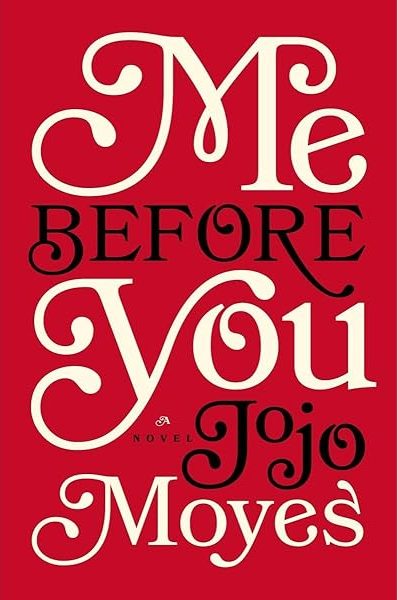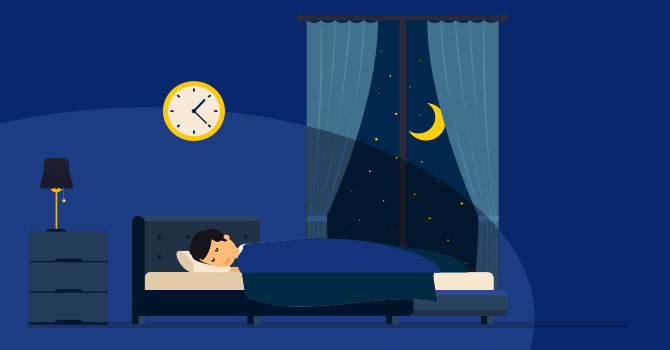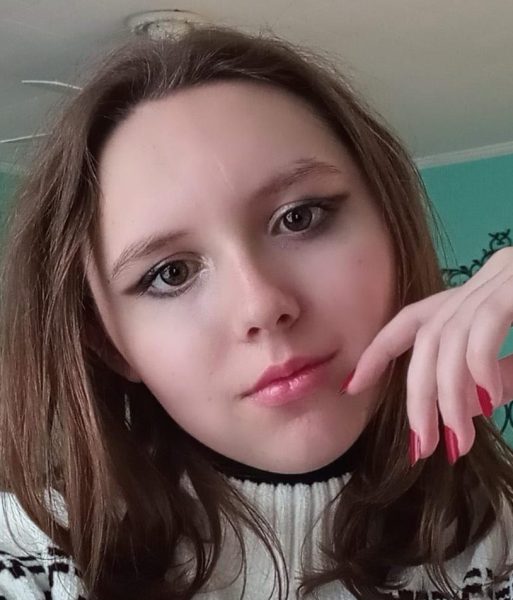The autumn season is upon us, and it’s time to start dressing warmer. With the warmer clothes come sweaters and trench coats. Fall is the one time of year everyone dresses like an English major. The warmer clothes make many people shift to the dark academia aesthetic. On TikTok, every year during fall there is a resurgence in the aesthetic’s popularity, but where does dark academia come from?
Dark academia was derived from The Secret History by Donna Tartt. The book is revolutionary for creating an entirely new genre. Many people love it and hold it in high regard. The book starts with the tale of Bunny’s death. The students of the “Greek class” kill their friend Bunny with very little reason. The book is a criticism of elitism and pretentiousness in academic settings. The characters are all unlikable and annoying. The entire book is very critical of the academic world and the people in it. One wouldn’t think this would cause a romanticism of academics, but that is a very wrong assumption.
Dark academia as an aesthetic derives the aesthetics from The Secret History and other books that followed suit in the genre. The aesthetics are built around clothing and buildings within the academic setting. One can find no shortage of dark academia content on social media platforms, especially during autumn. The content is largely about classic literature and the “look.” The people who are often seen within the seasonal aesthetic will refer to it as their time being pretentious.
The word pretentious has the root pretend. Pretentiosness is exactly right right word to describe most people using the aesthetic. They pretend to like certain things to fit in with others who follow the aesthetic or even to seem smarter. There are many people who will only follow the aesthetic for fall, making their interest in the literature and clothing associated with dark academia last only one season. The seasonal interest is proof that they are exactly as they say: pretentious.
There are other people, however, who do enjoy the interests and aesthetics that come with dark academia. They tend to not align themselves with the aesthetic wholly; though, they will align in a more casual fashion. They’ll use it as a description of themselves rather than letting it describe them. These people are the ones who can be found year-round enjoying classic literature and dressing as a humanities major (many of them actually are.)
The aesthetic’s ironic background has a continued ironic usage. The use of aesthetics will forever be nothing but pretend. There is nothing wrong with pretending for fun, but it’s always good to know the background for what you are pretending. Dark academia lives as it was created: pretentious.








